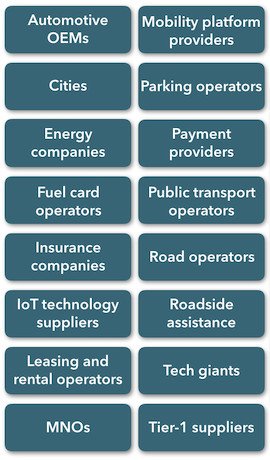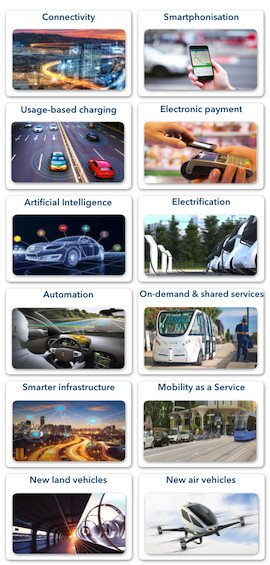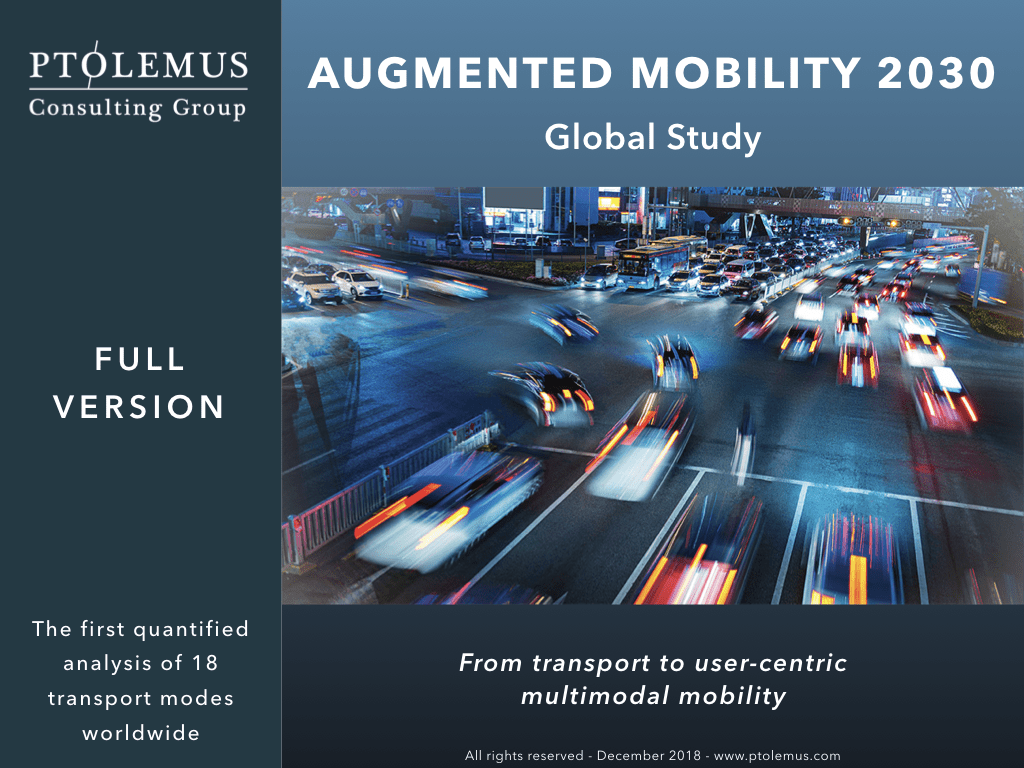Shared mobility

 In the past few years, mobility has morphed from a buzzword to the strategy centrepiece of the heavyweights in the automotive and transport industries. Manufacturers, infrastructure providers, public transport operators (PTOs), and cities are all redirecting their focus from transport and traffic management to mobility.
In the past few years, mobility has morphed from a buzzword to the strategy centrepiece of the heavyweights in the automotive and transport industries. Manufacturers, infrastructure providers, public transport operators (PTOs), and cities are all redirecting their focus from transport and traffic management to mobility.
But providing a one single transport service such as car rental is not good enough any more. Customers are asking for an end-to-end, smartphone-enabled customer experience that combines all transport modes into a seamless mobility service.
The global trend of sharification is transforming traditional business models. Car manufacturers are shifting to stay relevant in the connected mobility landscape.
As part of this transformation, value creation is shifting from hardware (cars) to software and services. Many of the OEMs have taken initiatives to incorporate mobility-as-a-service into their business model, on top of ownership. They are facing competition from both established and disruptive companies aiming to achieve market dominance in this new era of transportation.
 The future of mobility will be more distributive than was previously anticipated. Mobility encompasses a number of concepts, including sustainability and accessibility, and the optimum management of individuals’ and companies’ transportation needs.
The future of mobility will be more distributive than was previously anticipated. Mobility encompasses a number of concepts, including sustainability and accessibility, and the optimum management of individuals’ and companies’ transportation needs.
For citizens, the benefits are clear and desirable. It allows people to move faster, farther, more safely and more comfortably.
For Mobility Service Providers (MSP) the only way to stay relevant in the future is to utilise the ever-growing amounts data with advanced analytics. Having access to connected car data will help MSPs to incorporate as many services as possible on their platform. What’s more, without access to dynamic customer data and its analysis, companies will struggle to survive.
PTOLEMUS’ Augmented Mobility Global Study is the first report to take a user-centric view on mobility. We have analysed the combined impact of 12 simultaneous trends on 18 transport modes and 16 different categories of mobility stakeholders, from cities to automotive OEMs.
